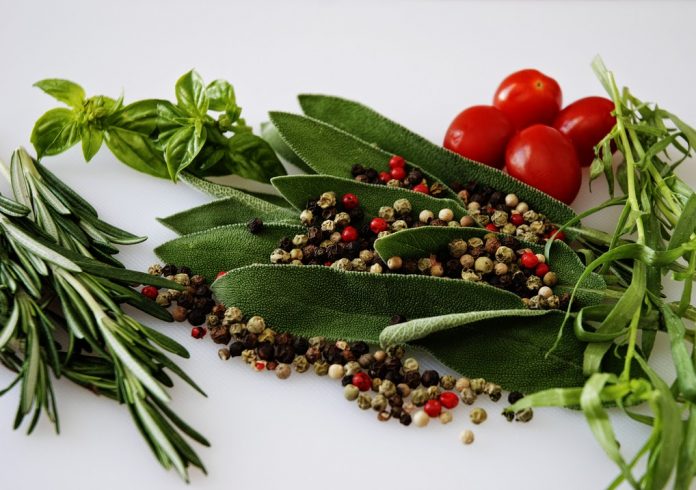Aromatic herbs and foods: without plants, man could not survive. Cereals, sophisticated grasses, fruits, vegetables, seeds, and nuts are essential constituents of the human diet. Some say it is only suitable for a few, and even the meat we eat comes from animals. Which themselves fed on vegetation in the form of grasses and herbaceous plants.
The plants lumped together under the umbrella name of herbs do not appear at first glance to be essential to maintaining life. But it is now becoming apparent that this concept could be wrong. Aromatic herbs and foods are as essential as oxygen, although the ingredients they contribute, such as minerals and vitamins, may only be found in small quantities.
The so-called culinary herbs are parsley, mint, basil, and so on. All have characteristic flavors, which enable them to be used in recipes of their own or added to dishes to give a tantalizing piquancy. It is not always realized that herbs and foods will help with digestion generally. And with the digestion of the particular food with which it is associated. Peppermint is a classic aid to food absorption Basil contains a substance that helps with stomach cramps, and parsley is a diuretic.
The strong flavors of culinary herbs ensure that they should be used in small quantities, but there is no need to go to the other extreme and be timed with them. The Greeks strew their common thyme liberally all over roasted or kebabed lamb, to its great enhancement, and it is worth applying this principle to all the cooking herbs. The leaves are closely always the part of the plant used, newly picked and freshly chopped at once, or dried, provided they’re no older than 6 months.
Aromatic herbs and foods are the ones most used in cooking; no two are alike, and some are so difficult to explain that even to say they are clove-like gives the wrong idea. The fact is that several have an aroma and flavor that are rare and unique. For instance, basil can only be explained as tasting, i.e., basil.
Some are so strongly aromatic as to be spicy, and tarragon in particular is one of the few that has such a strong taste that it does need adding in minuscule amounts to meat or fish dishes. Bay is another; one leaf is quite potent enough for the average family casserole. Quite why food and diet have become of such interest in recent years is for the social historian to discuss, but there’s no doubt about the present popularity of culinary herbs.







